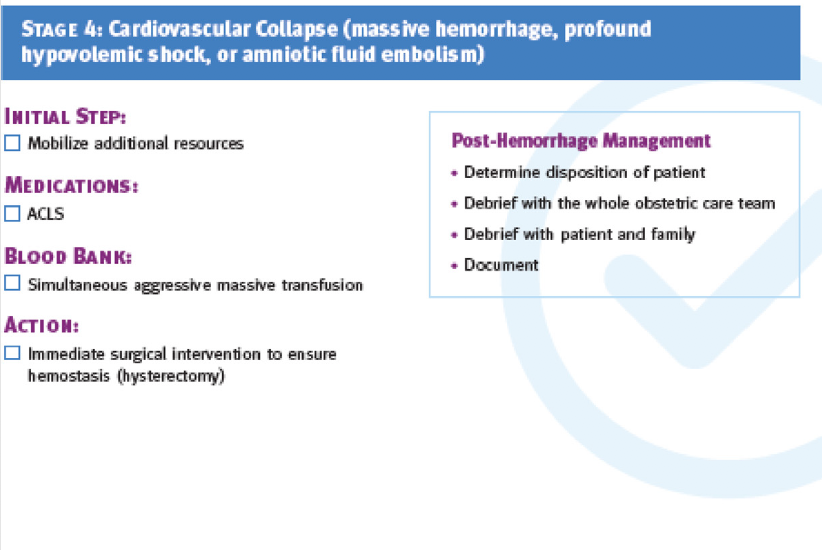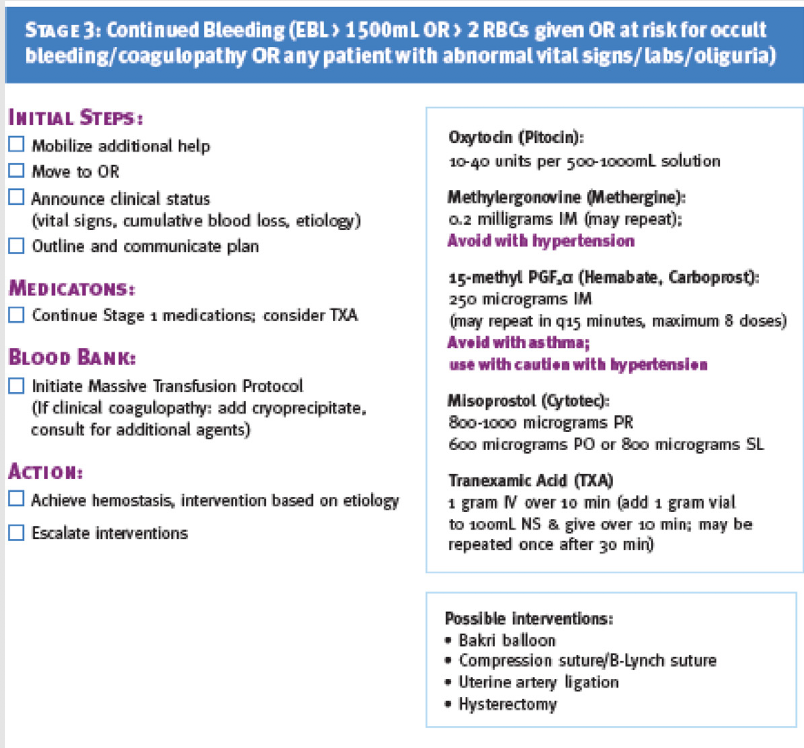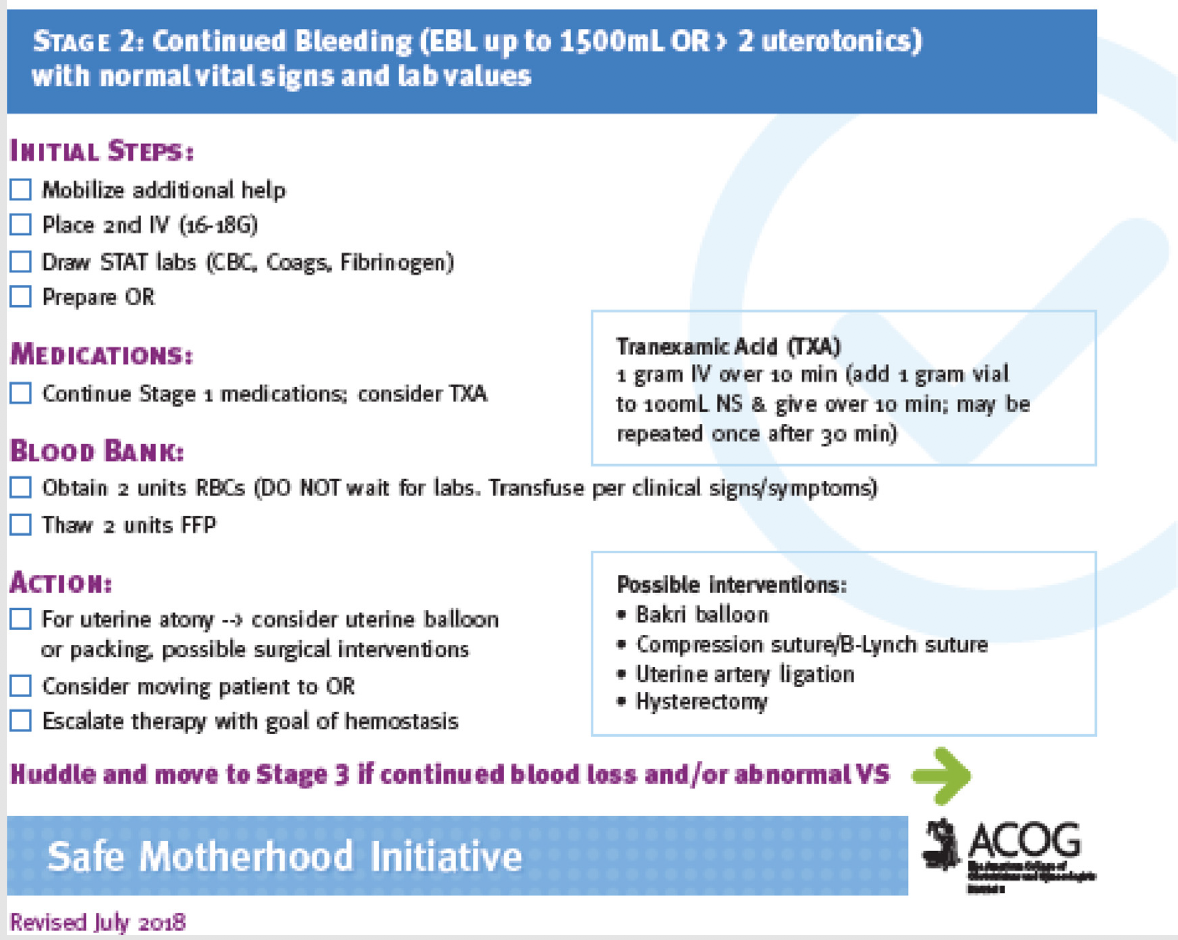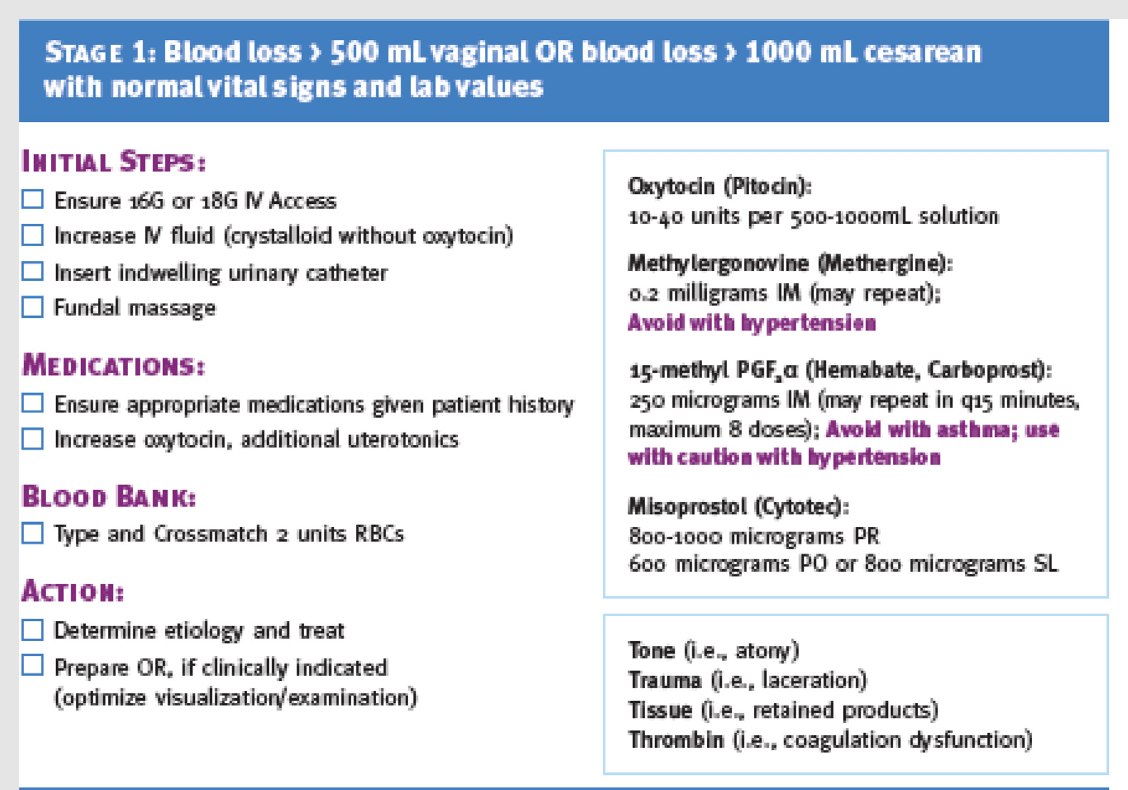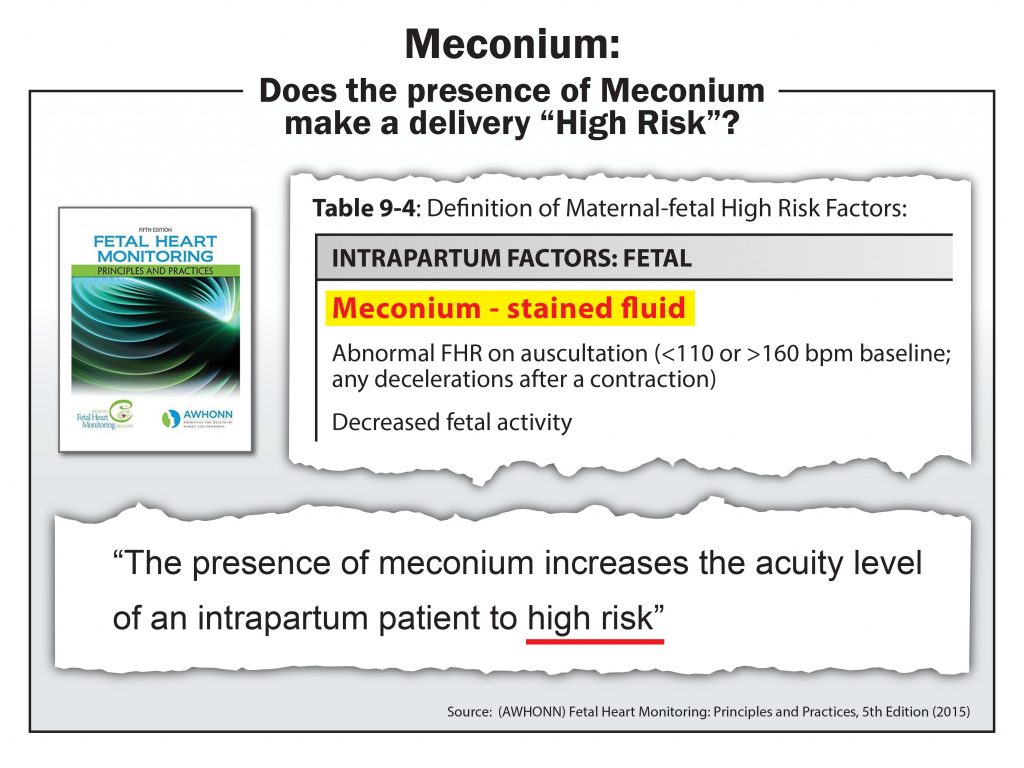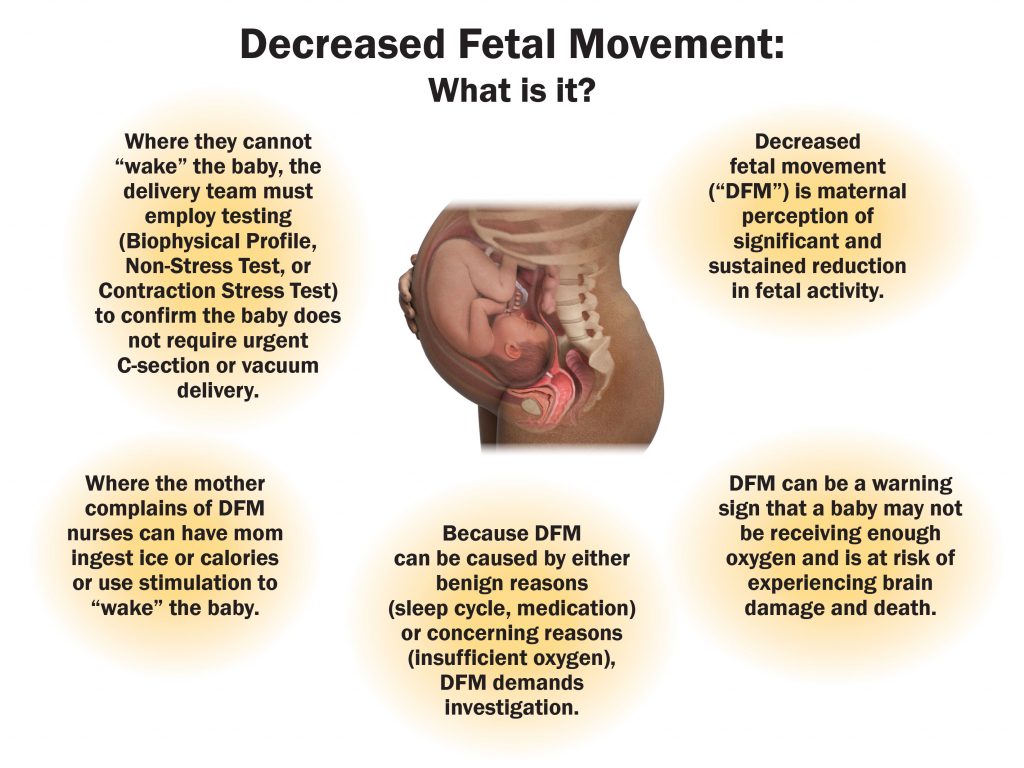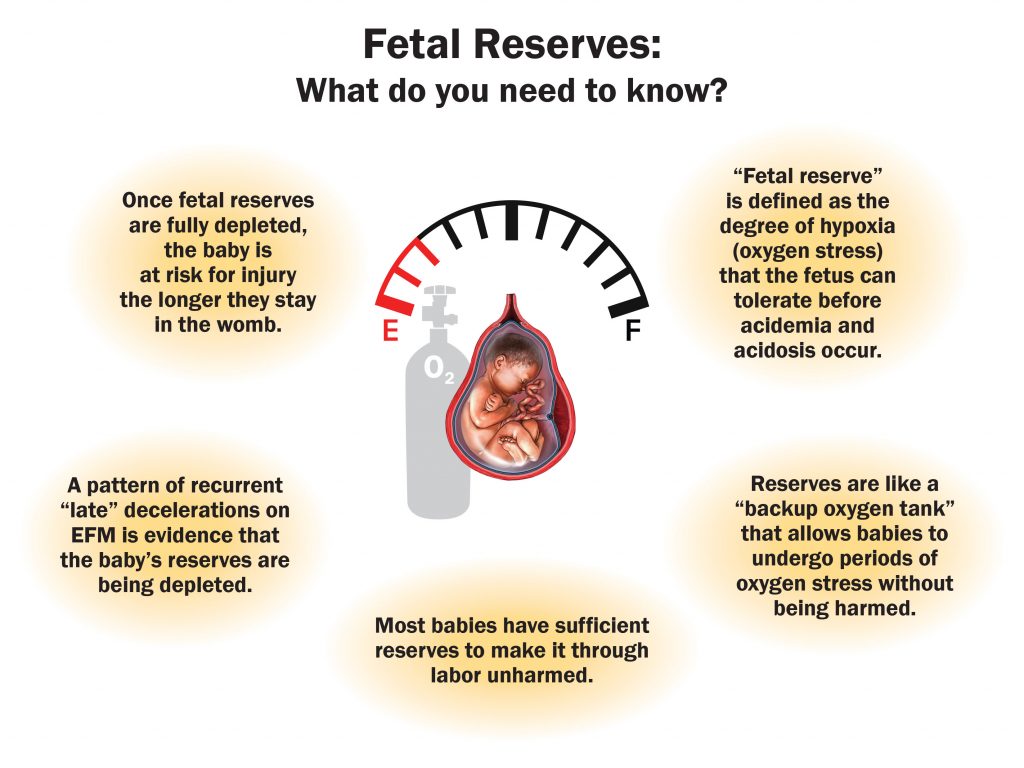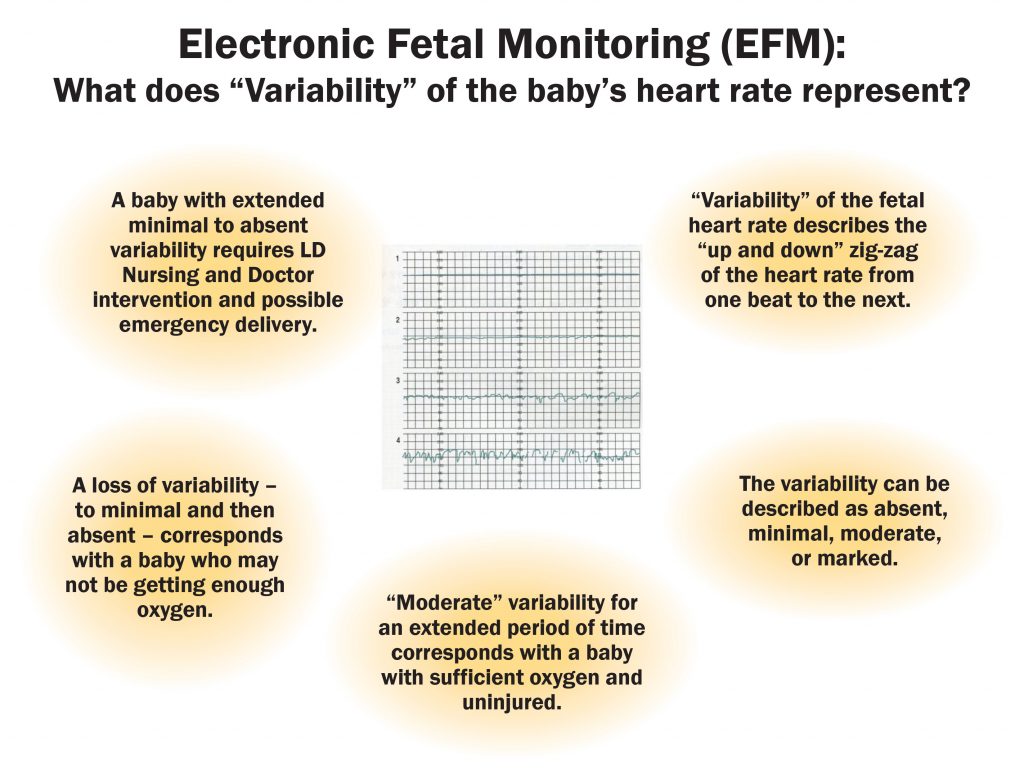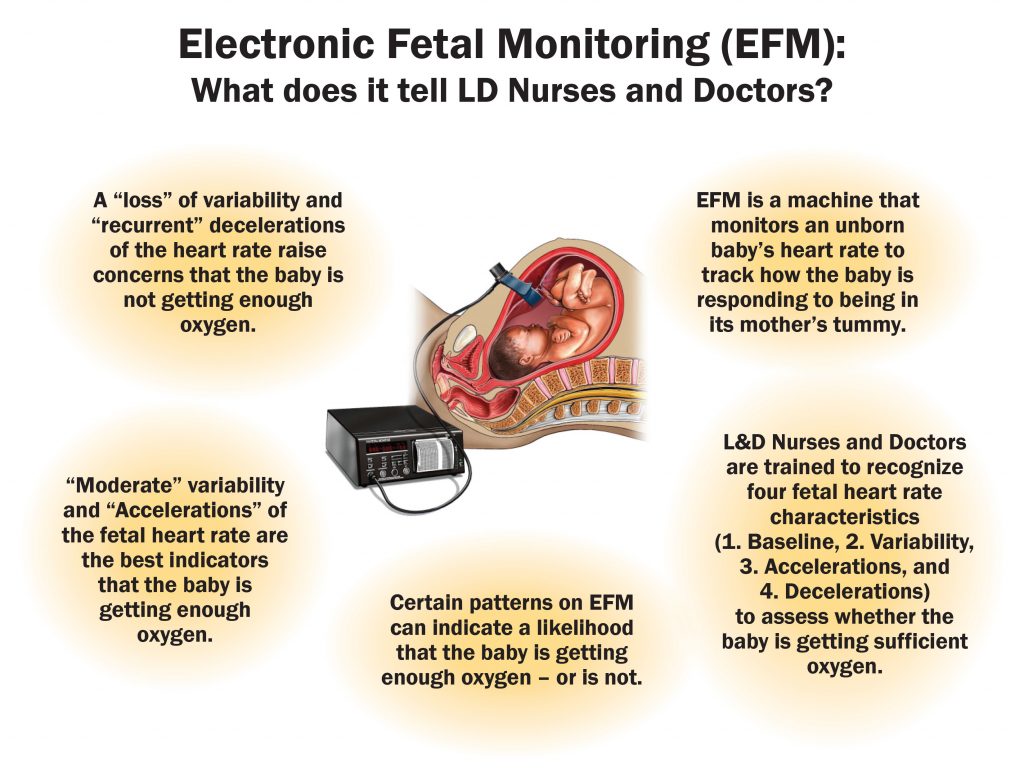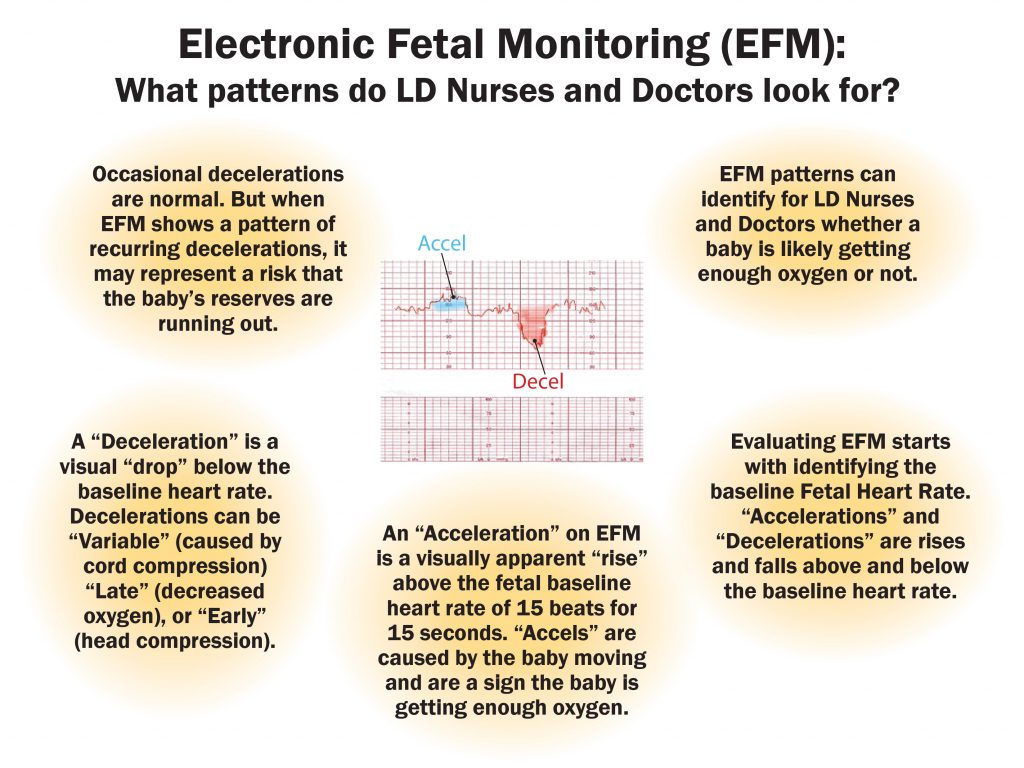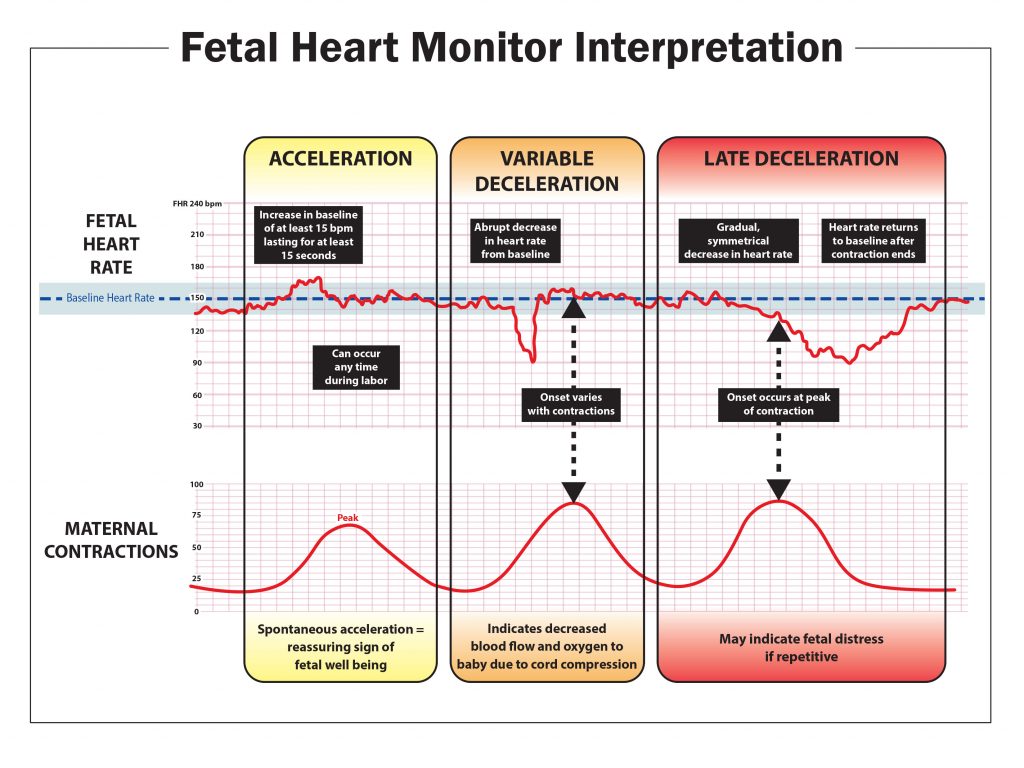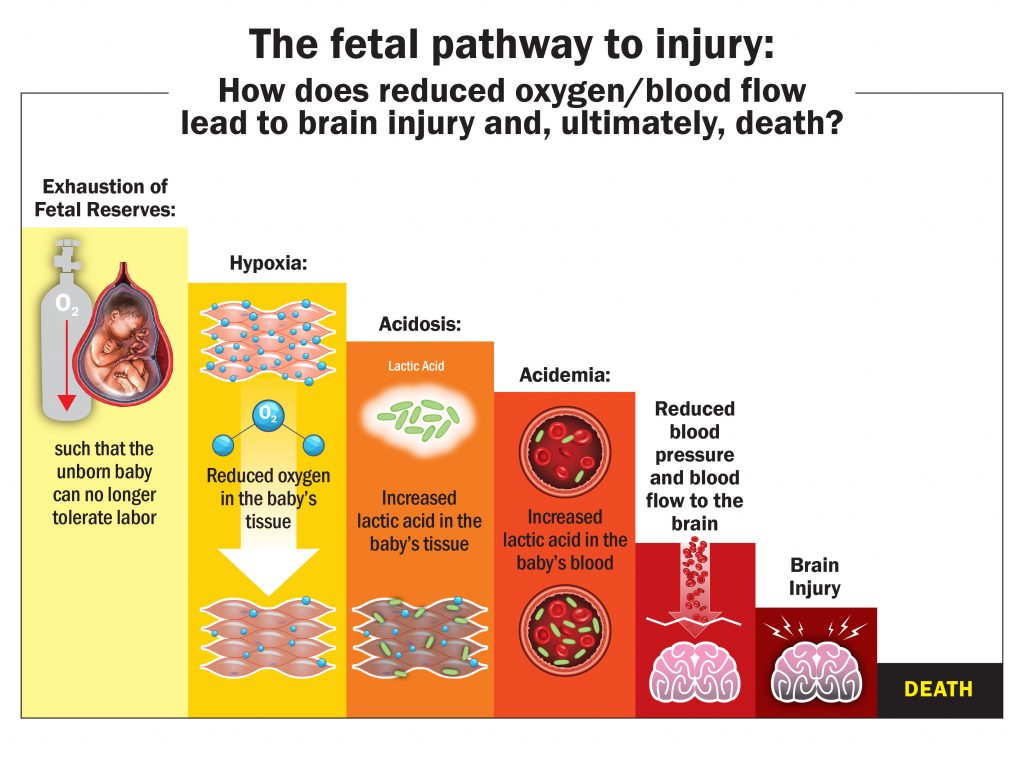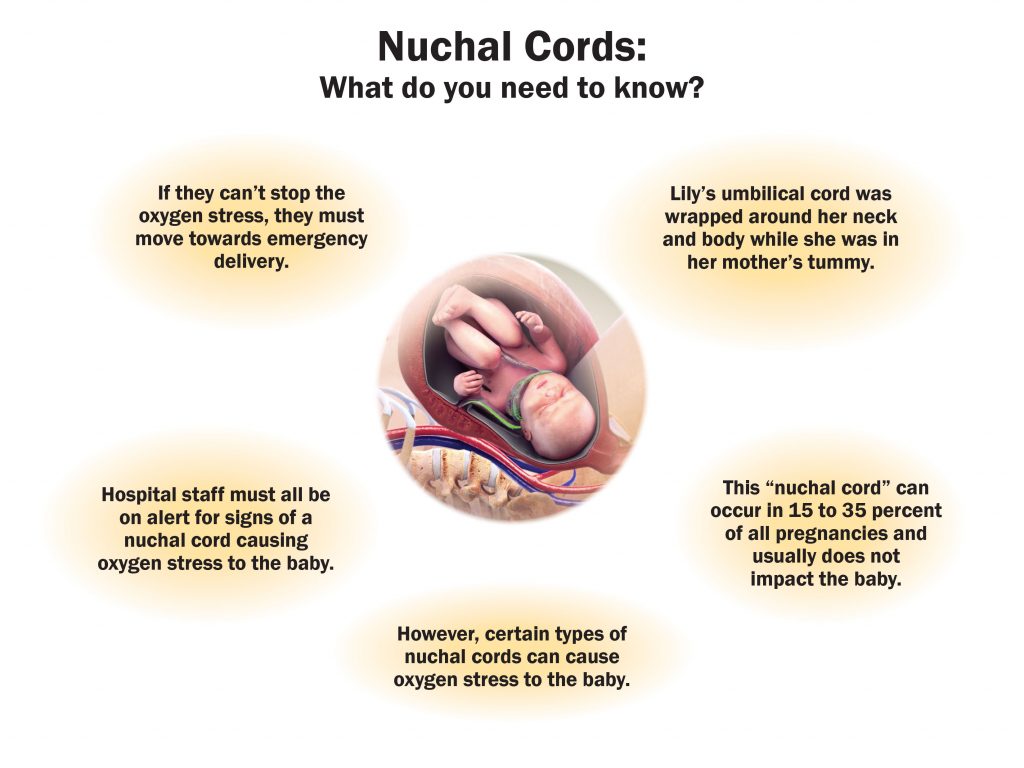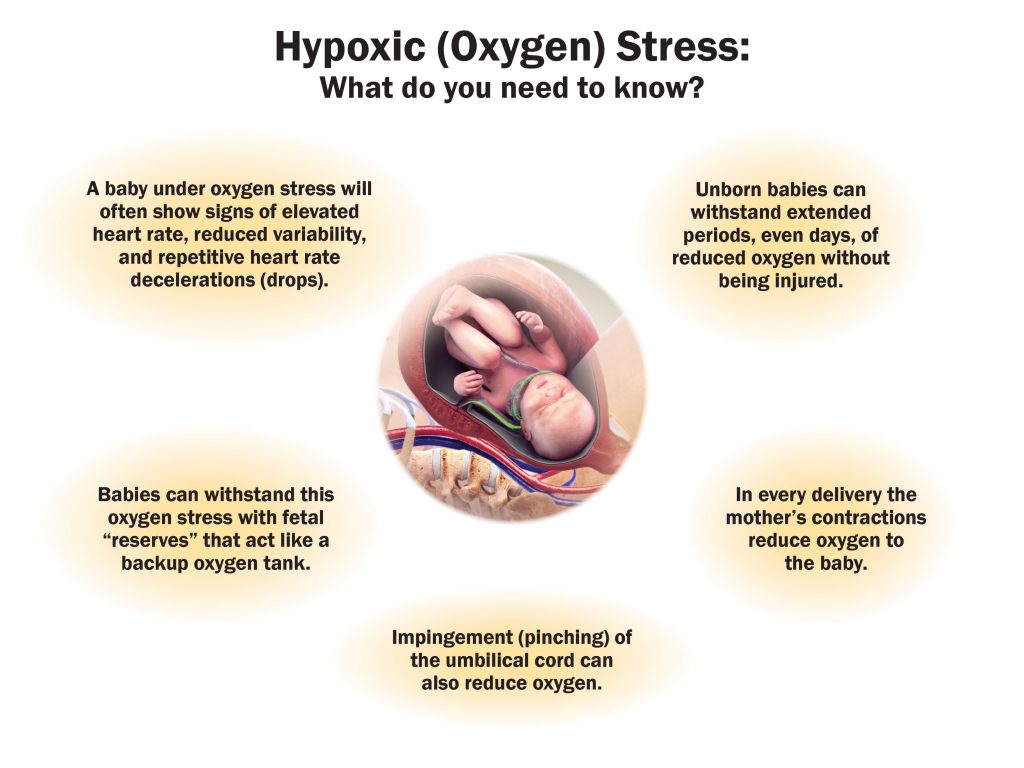The Tyrone Law Firm firm is currently representing clients suffering from RSD/CRPS in Georgia, Mississippi and Tennessee. One of the biggest challenges we find in being able to put together a compelling picture of our client’s damages whether the picture is for an adjuster of the Defendant’s insurance company, or for a jury is making sure our client’s treating doctors are sufficiently versed in the recognized treatment options (the clinical pathway) for treating patients with RSD/CRPS. The clinical pathway for RSD/CRPS that is most recognized within the medical and scientific community was outlined by a “blue-ribbon” panel of doctors and clinicians including Michael D. Stanton-Hicks, Stephen P. Bruehl, R. Norman Harden and others. The committee outlined their findings in the published article “An Updated Interdisciplinary Clinical Pathway for CRPS: Report of an Expert Panel.” The authors, including Stanton-Hicks, Bruehl, and Harden are recognized as leading experts in the world in the investigation of treatment options and treatment options for patients with CRPS/RSD. Without exception, the experts I have utilized in RSD/CRPS cases believe that clinicians treating patients with RSD/CRPS should be aware of this article and should be following the general clinical pathway in treatment of their patients. The “Clinical Pathways” article outlines the treatment options in the following graph that
identifies three (3) essential phases in the treatment of RSD/CRPS including “Psychological Treatment”, “Rehabilitative Pathway”, and “Interventional Pain Management” as follows:

We routinely find that there are few treating doctors – usually Anesthesiologists who have a detailed approach to either the “Psychological Treatment” phase or the “Interventional Pain Management” phase. For the purpose of this blog entry, I want to focus on the “Interventional Pain Management” phase and, particularly, the use of
neurostimulators.
The clinical pathway outlines first a trial of a Spinal Cord Stimulator (SCS), followed by implantation of an SCS if the trial is successful. The bulk of our clients have found the SCS helpful in relieving their pain and reducing their reliance on narcotic pain medications. However, SCS is expensive. Implantation of an SCS can range from $80,000.00 to $150,000.00 and the batteries that run the devices and the devices themselves need to be replaced on a regular basis. The result is that SCS can cost a patient from several hundred thousand dollars to in excess of 1 Million dollars over the
course of their life.
As the lawyer, it is my job to make sure that if it is probable that SCS can reduce my client’s pain, that we ensure that there is a treating provider on board who has the understanding of RSD/CRPS and is well-versed in the recognized “clinical pathway” to investigate first a trial, then implantation of a SCS. Then we have to make sure that we have a certified Nurse / Life Care Planner who has the background in RSD/CRPS to “cost out” the entire cost of SCS over the client’s life.
This is not an easy task. Often it takes months of searching for doctors with enough knowledge of RSD/CRPS to follow the clinical pathway, and then giving them enough time to test, then treat a client with SCS. However the work is worth it for our clients. RSD/CRPS is a horrible, debilitating condition. Our clients deserve the highest level of medical care. And when a person or corporation is responsible for the RSD/CRPS then they must also be responsible for the full cost of any treatment options (including SCS)
that are likely to give them relief.
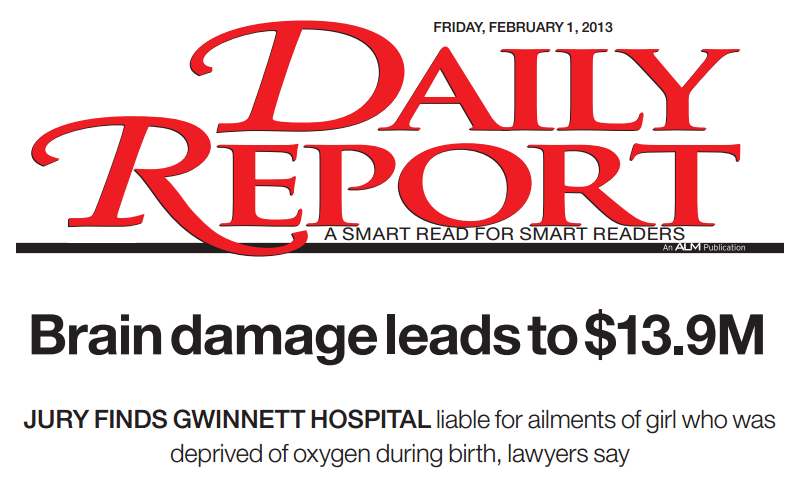



 Hayley serves as a Labor and Delivery Nurse Consultant for the Tyrone Law Firm. She attended and graduated Cum Laude from the University of Georgia in 2004 with a Bachelor of Arts degree in Journalism/Public Relations. After graduation she moved to the gulf coast where she pursued a career in real estate and development.
Hayley serves as a Labor and Delivery Nurse Consultant for the Tyrone Law Firm. She attended and graduated Cum Laude from the University of Georgia in 2004 with a Bachelor of Arts degree in Journalism/Public Relations. After graduation she moved to the gulf coast where she pursued a career in real estate and development.
